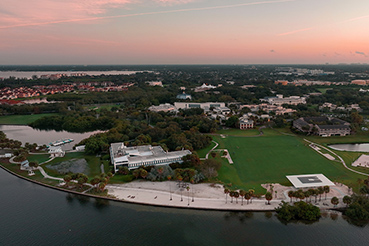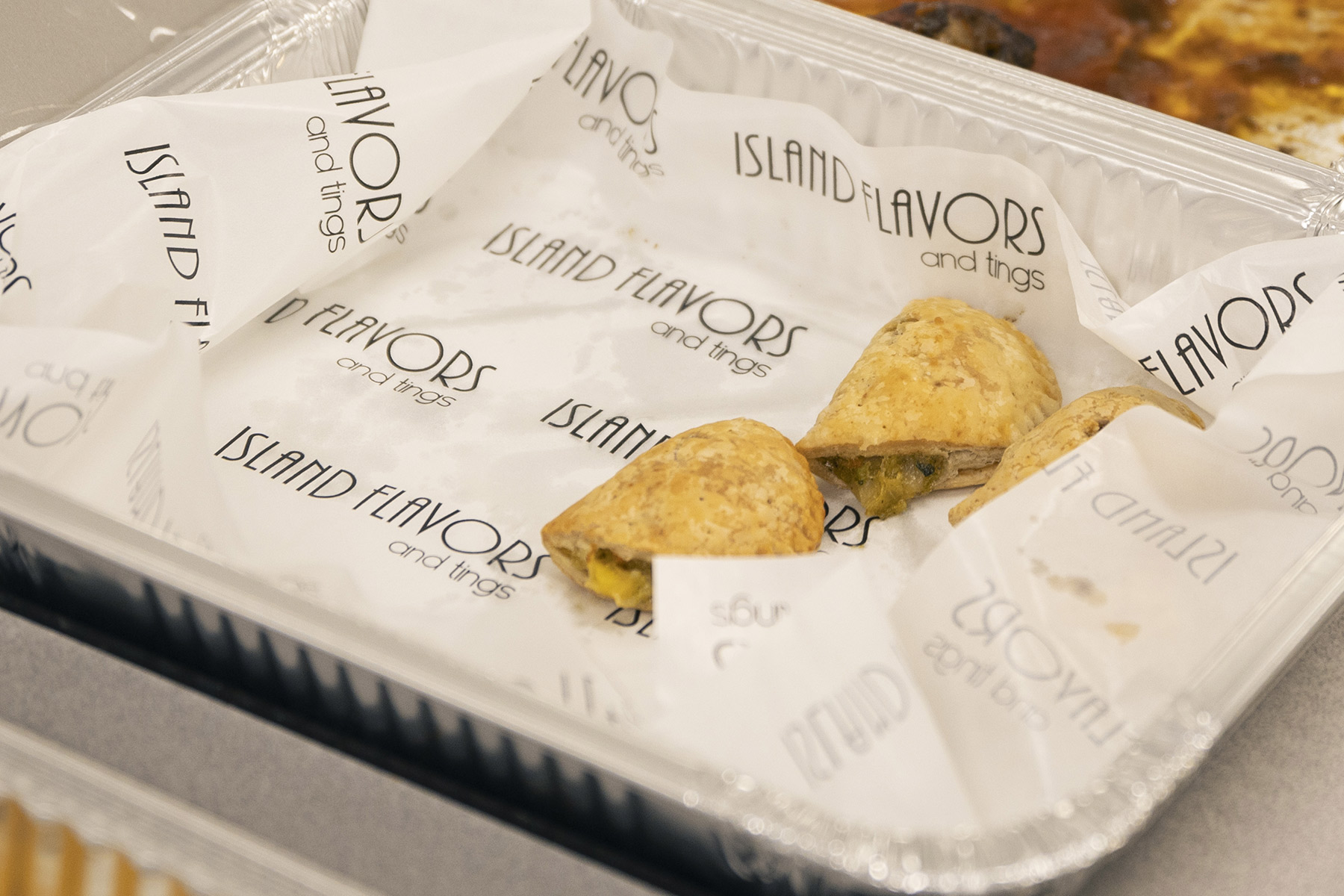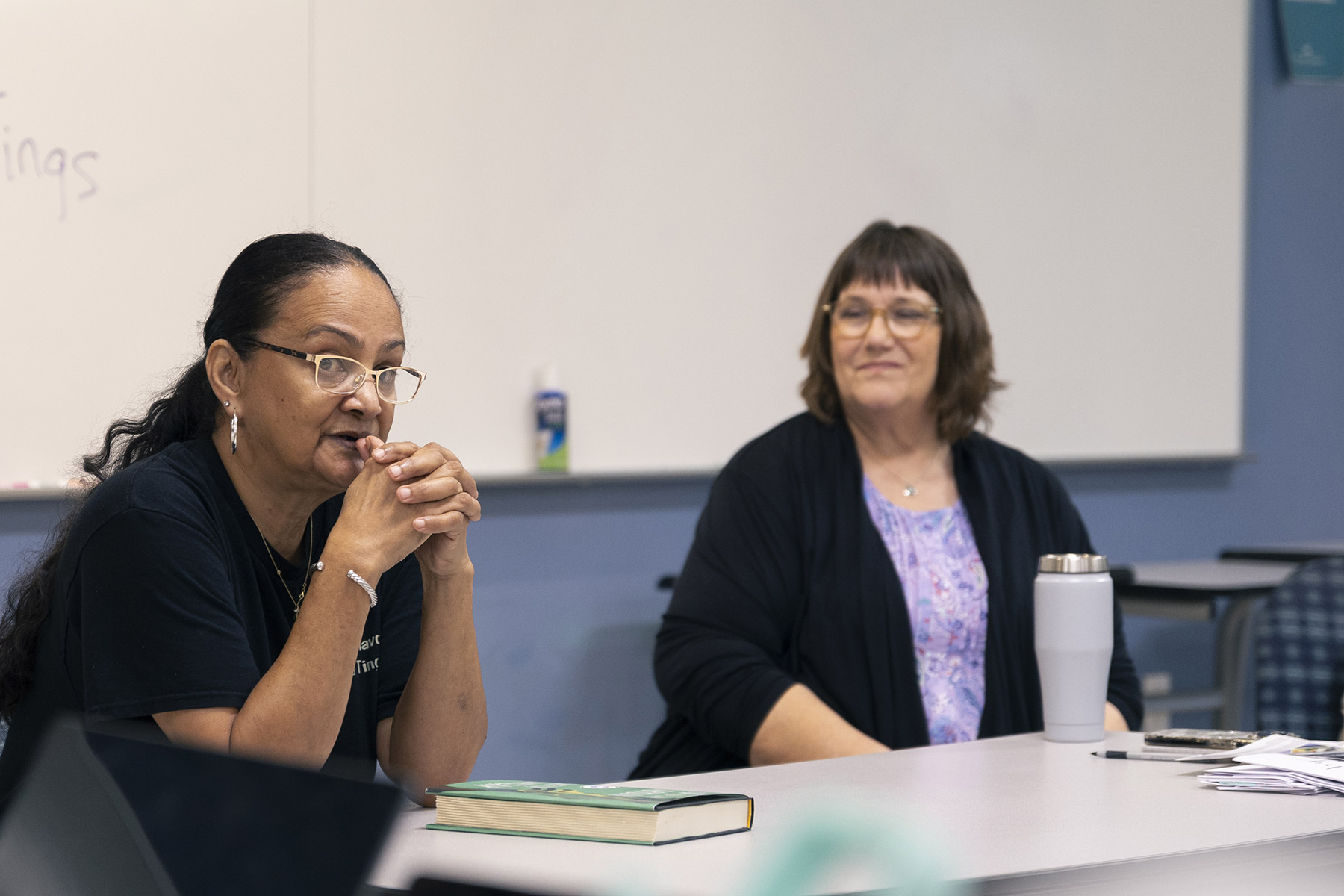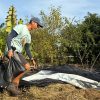Think you know about food? Consider this: Not only is watermelon native to Africa, the fruit found its way to America because its seeds were woven into the hair of West African women who came here.
And the fortune cookie was invented in San Francisco by a Japanese immigrant to attract tourists to his tea house. And tacos were transportable sustenance for Mexican silver miners.
These and other juicy food facts were served as an appetizer recently in an Eckerd College Autumn Term course titled Planet on a Plate: Soul Food, Spring Rolls and Sofrito. The course, taught by Janet Keeler, Ed.D., instructor of journalism and communication and faculty adviser to The Triton student news publications, focused on culinary contributions to the American plate from Africa (soul food), Asia (spring rolls) and Latin America (sofrito).
At its core, Keeler explains, students learned how migration, immigration and slavery have influenced and continue to influence the food Americans eat. The course included a field trip to the Woodson African American Museum of Florida, along with presentations from the authors of The Cuban Sandwich: A History in Layers and chef Helena Josephs—owner of Island Flavors and Tings, a Caribbean restaurant and grocery store in Gulfport. A fringe benefit: All three excursions included tastings.
Josephs isn’t only a successful business owner, she has donated resources to local nonprofits and utilizes local and regional vendors to help other small businesses. She grew up in Jamaica and learned to cook by watching her mother. After moving to St. Petersburg in 1986, she studied to be a TV producer. “But I also started to cook for my friends,” she explains, “and that opened up my love for cooking.”
In 2006, Josephs opened up her restaurant and grocery store. “Our motto is ‘Shop, Dine and Chill,’” she says. “I didn’t know what I was doing at first. But I read a lot of books and studied a lot online and taught myself how to run a business. Then everything kind of flowed into place.
“The unique thing about Caribbean food,” she adds, “is that it has cuisines from all over the world intertwined with it. For instance, we are very close to Cuba, so we have Hispanic influences. That’s why, when people from Jamaica are traveling, the first thing they look for is a Jamaican restaurant—because they know they’ll find really good home-cooked food.”
Josephs helped students make the connection between her experiences as an immigrant from Jamaica and some of what the students learned in the summer reading How to Say Babylon by Safiya Sinclair—especially where food was concerned.
Keeler explains that the study of food in general “is a good jumping-off point to have meaningful conversations. It’s difficult to talk about slavery and discrimination, but when you start talking about food, that’s something everybody likes to talk about and enjoy.”
Keeler, who for more than 15 years served as the food and travel editor for the Tampa Bay Times, says she hopes her students “come away with the understanding that we live in a country of immigrants, and that the students appreciate their contribution to the culture of the United States. Through food we can see a lot of unsung contributions.”
First-year student Sonya Harding, who worked as a restaurant server in her hometown of Baltimore, Maryland, took Keeler’s class to add to what she already knows about food. “It was very enlightening to know where my food comes from,” Sonya says. “Even though I work around food, I didn’t know a lot of the history—about how much of what we eat was inspired by migration, immigration and enslaved people.”
Her final project focused on gumbo, a stew that combines ingredients and culinary practices from Africa, France, Spain and from Native Americans. Gumbo is the official state cuisine of Louisiana.
“Gumbo came together in Louisiana,” Sonya says, “but the inspiration came from all over the world.”














